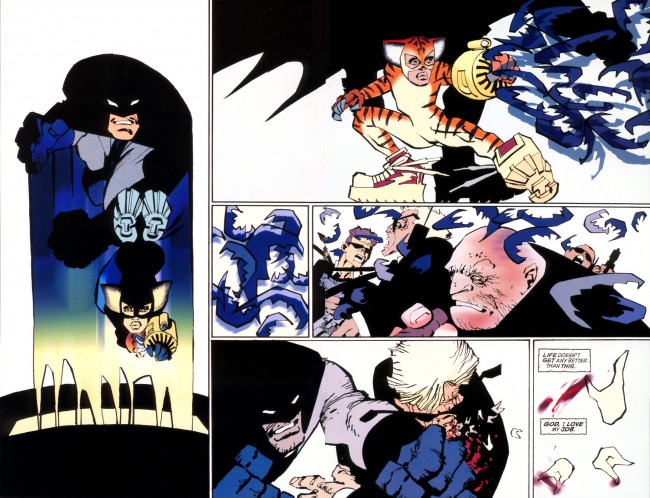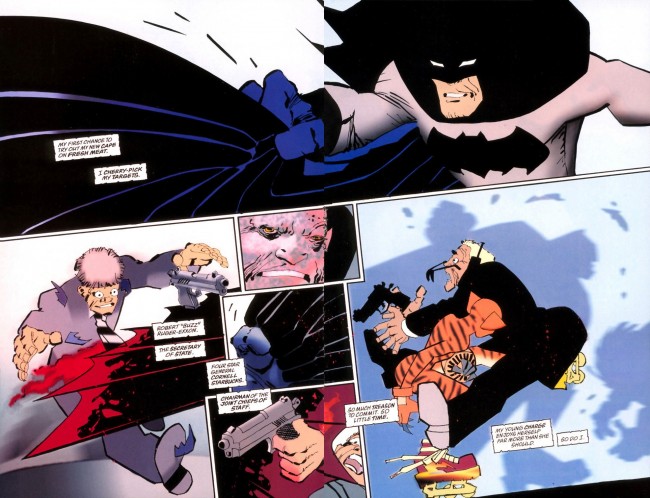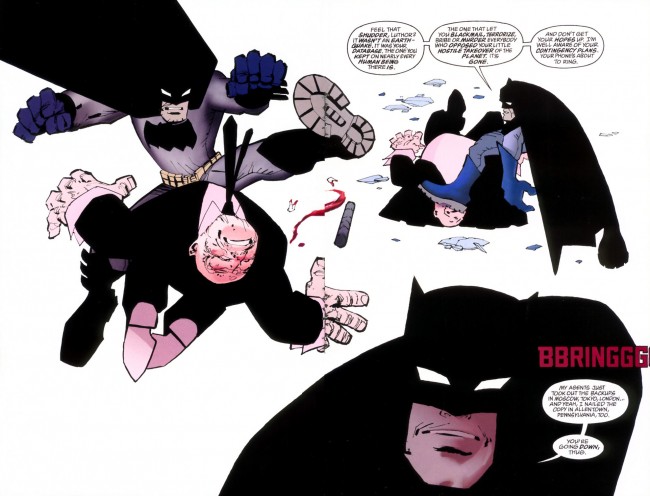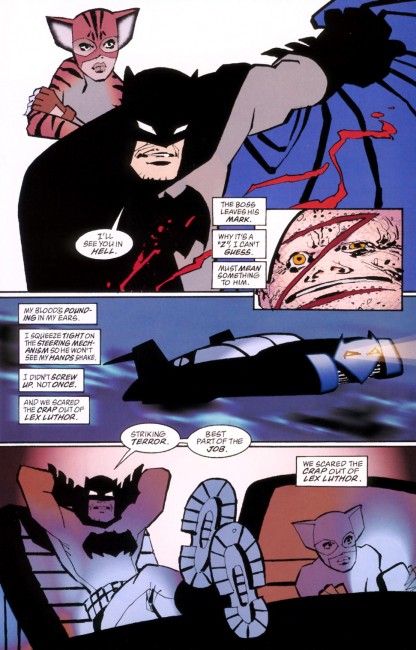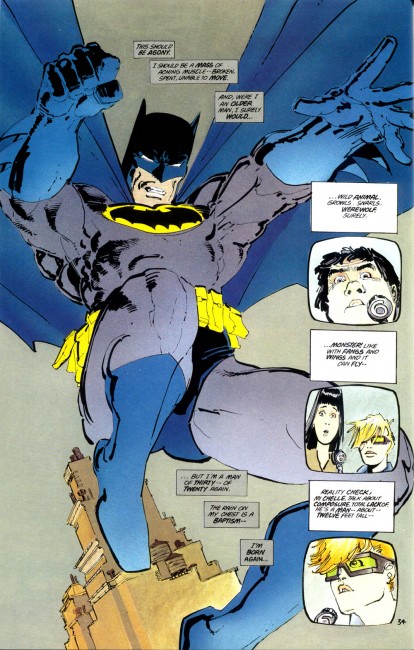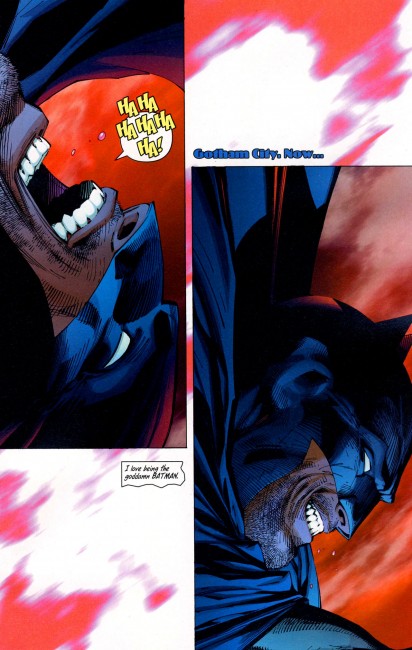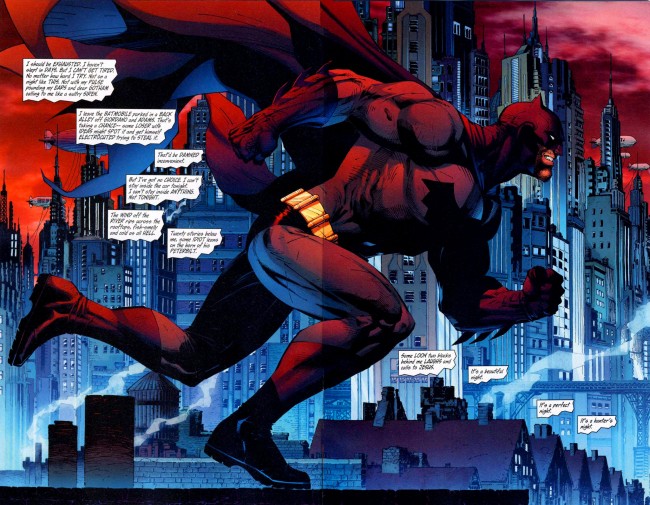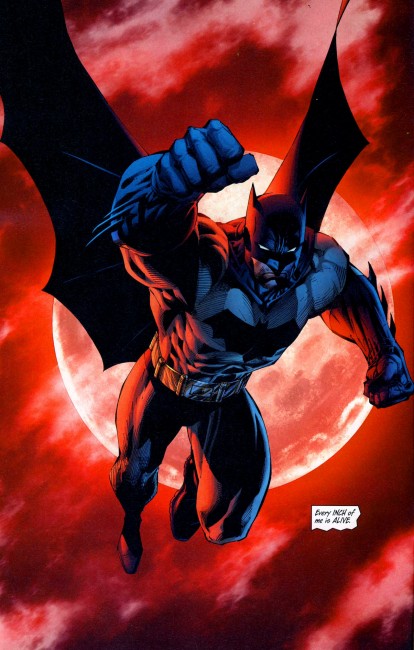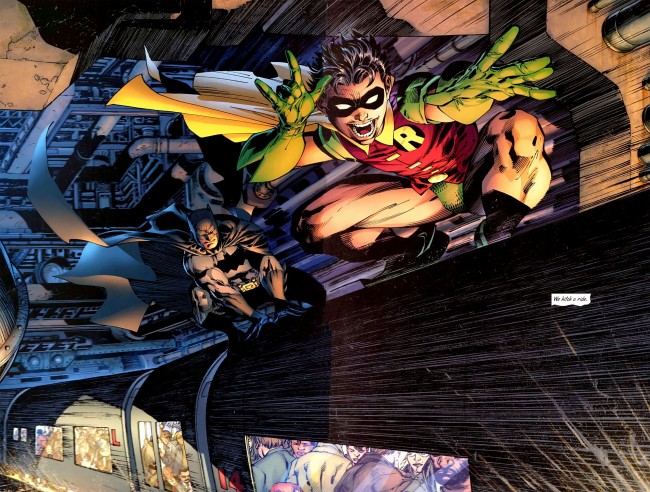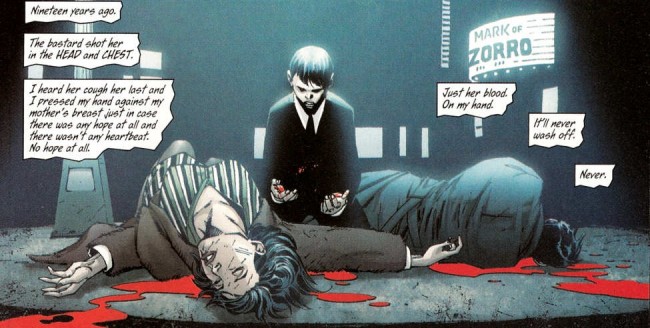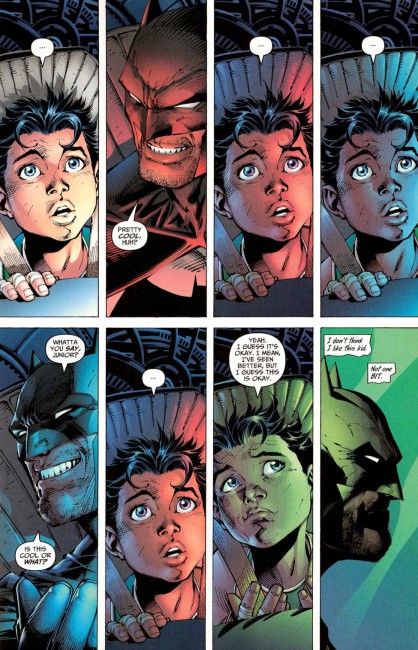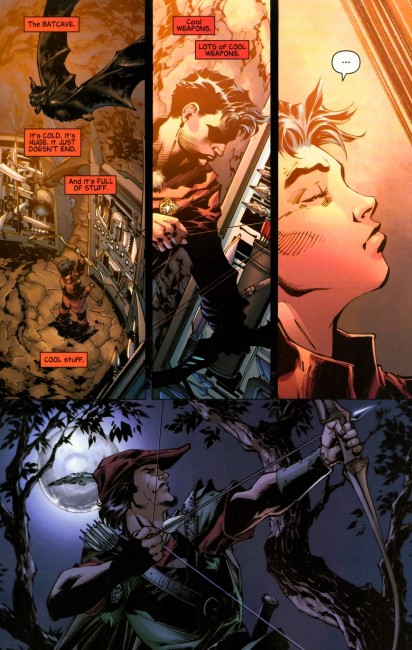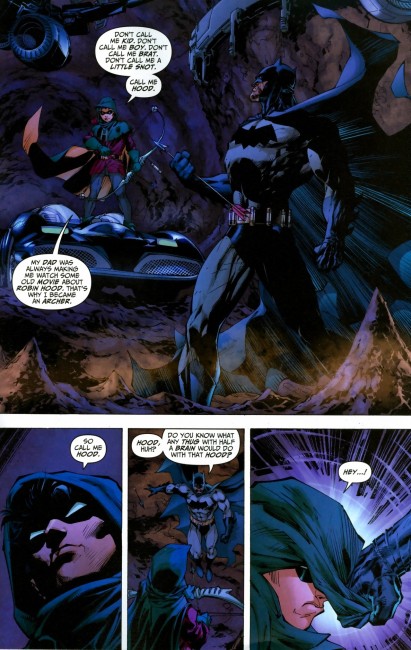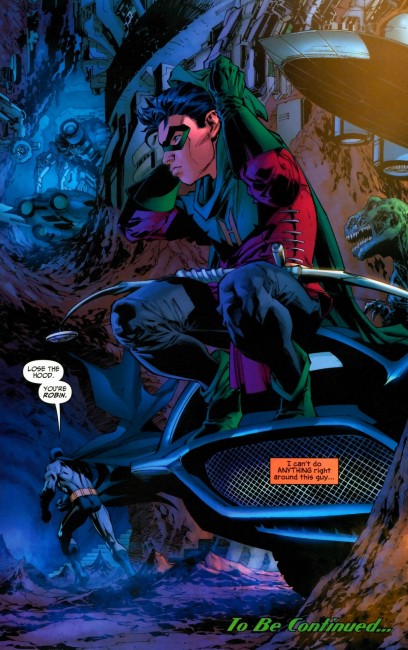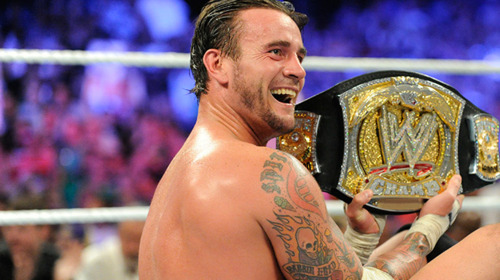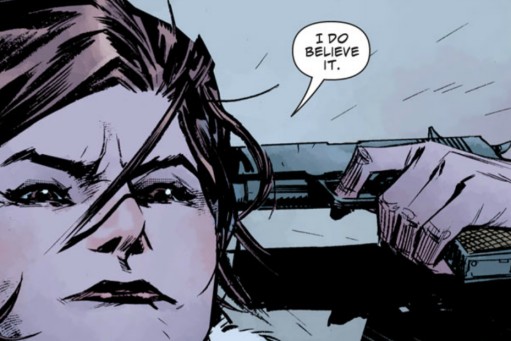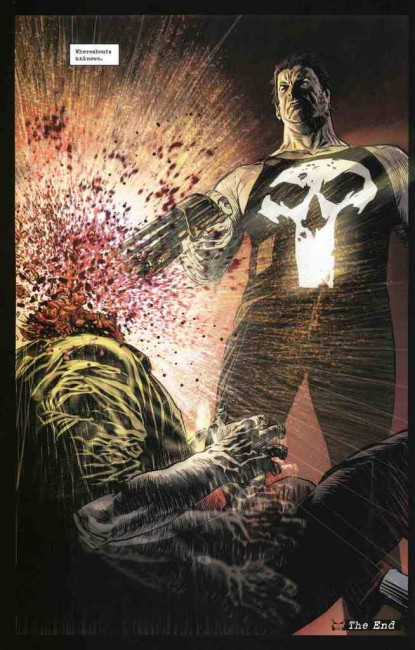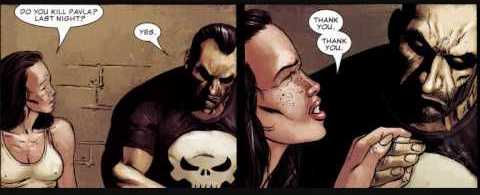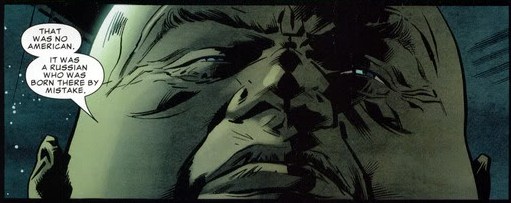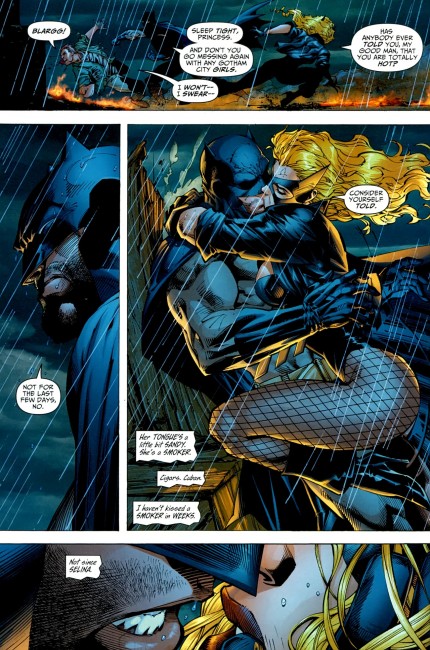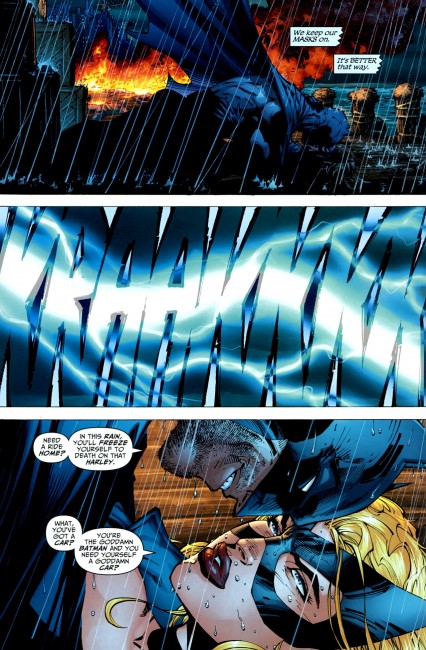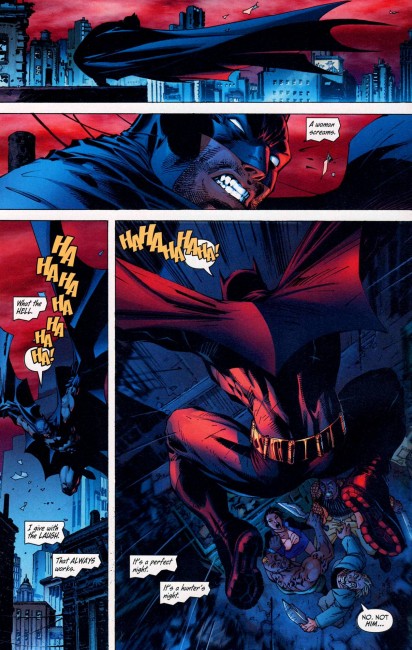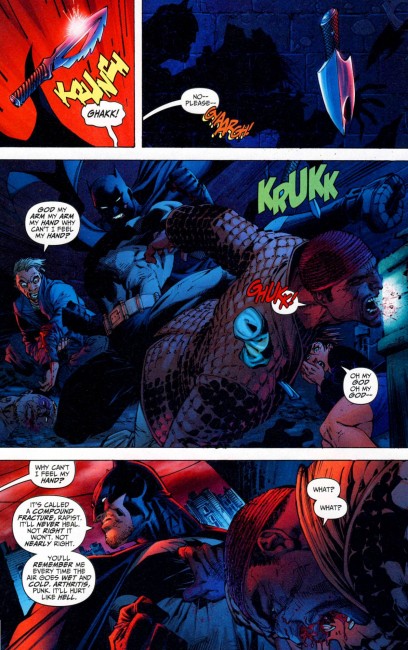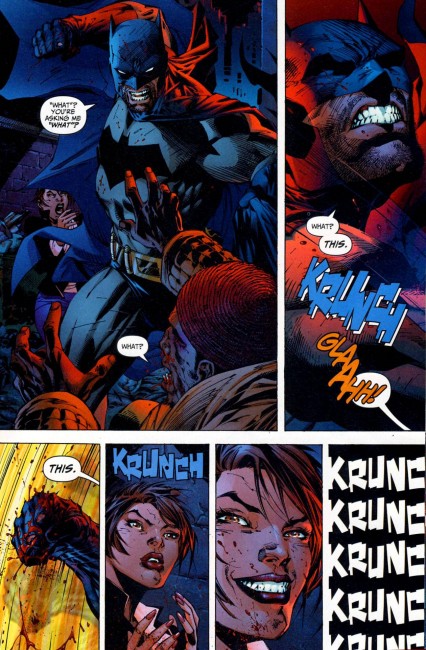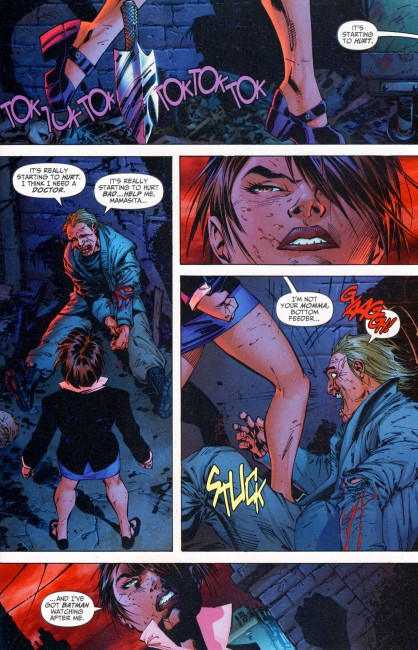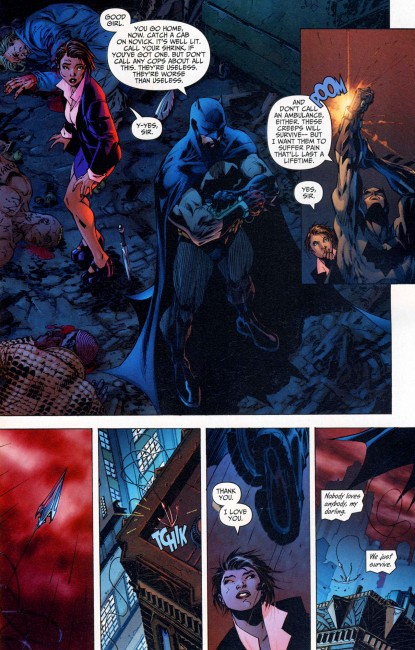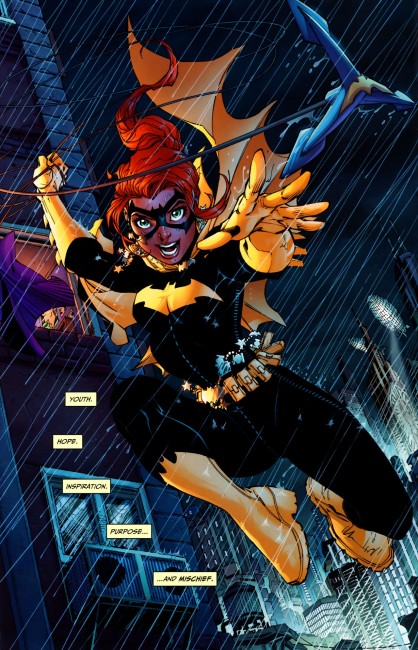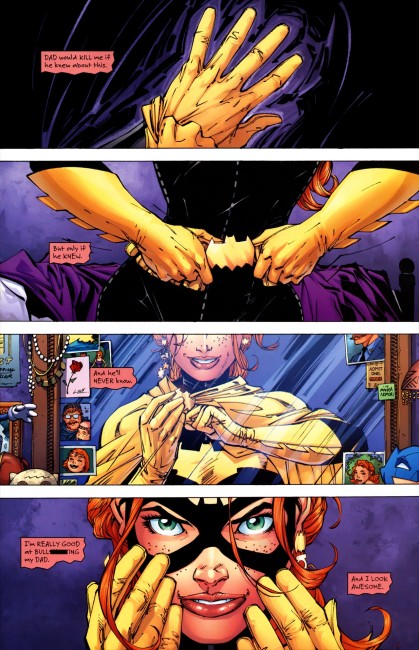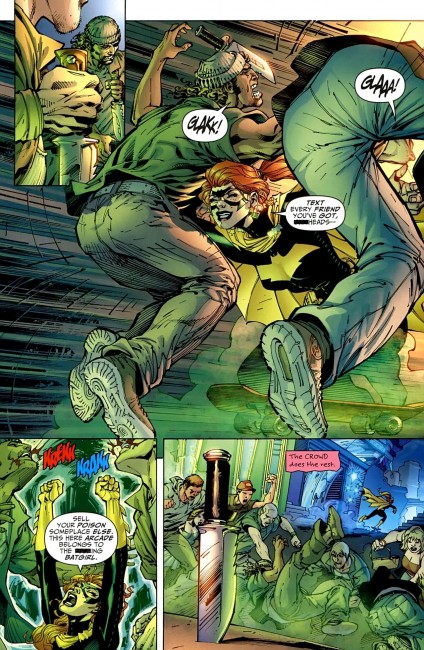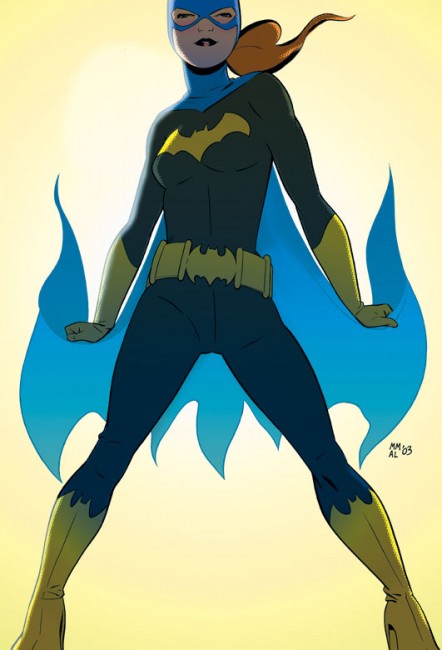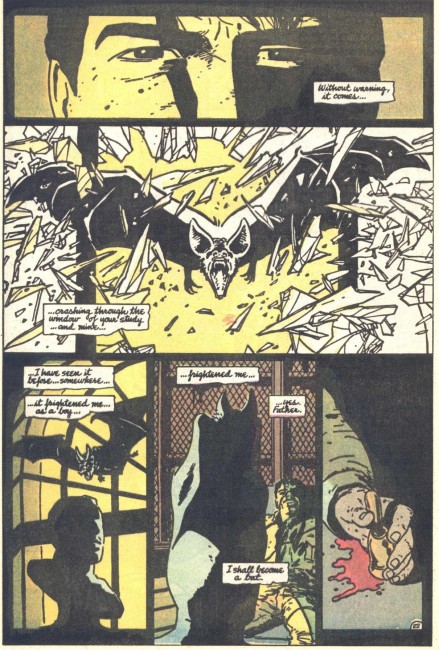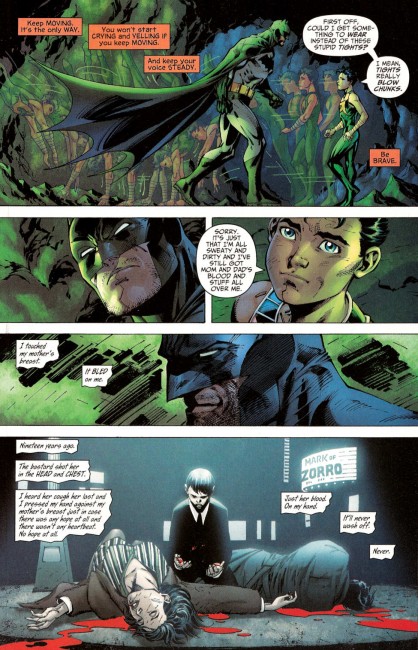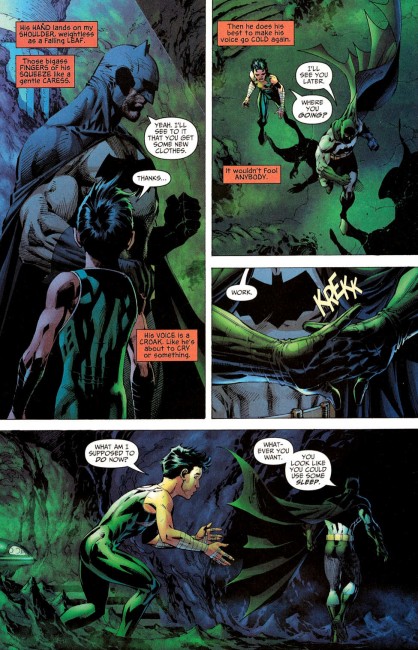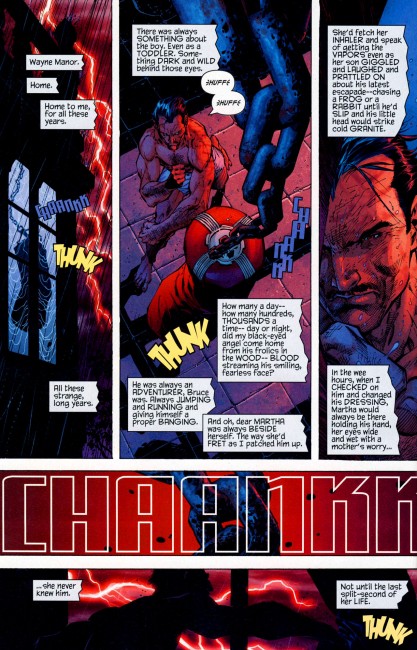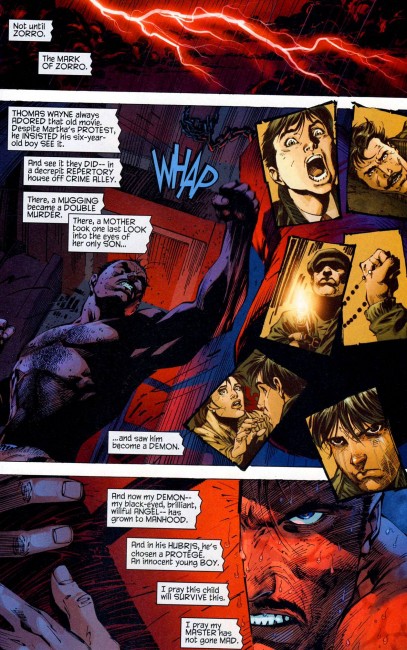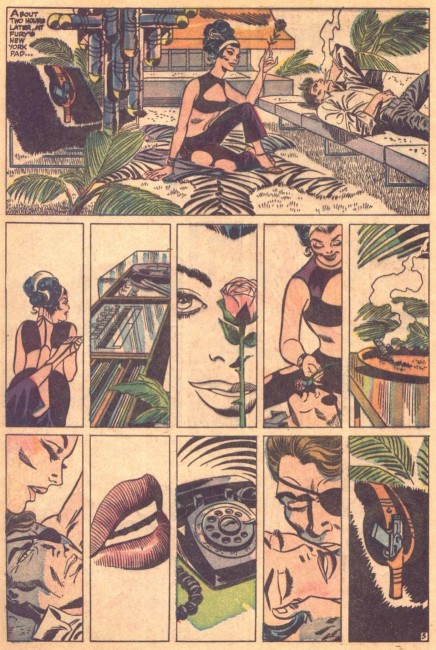
did it hurt you when the lovely angels fell out of heaven?
July 19th, 2011 Posted by david brothersBrief Bat-break. Look for the last Miller piece next week.
I’m off to San Diego for a hair under a week in the sensory deprivation colosseum. If you’re at San Diego Comic-con on Friday, check this out:
6:30-7:30 The Best and Worst Manga of the Year— There are a whole lot of Japanese manga, Korean manhwa, and manga-inspired comics out there — but what’s worth buying and reading, and what’s not? Manga/comics bloggers/pundits Christopher Butcher (Comics212.net and The Beguiling), David Brothers (4thletter!), Eva Volin (School Library Journal), Carlo Santos (Anime News Network), and Deb Aoki (About.com Manga) share their picks for the best new and continuing manga series for kids, teens, and grown-ups and jeer at the most annoying manga published in 2010-2011. Room 26AB
You can listen to me mangle the pronunciation of a couple books and wax poetic about others. The panel’s got a pretty good lineup, so I think it’ll be pretty entertaining.
There’s also this:
Best Comics-Related Periodical/Journalism
Alter Ego, edited by Roy Thomas (TwoMorrows)
The Beat, produced by Heidi MacDonald (www.comicsbeat.com)
ComicBookResources, produced by Jonah Weiland (www.comicbookresources.com)
ComicsAlliance, produced by Laura Hudson (www.comicsalliance.com)
The Comics Reporter, produced by Tom Spurgeon (www.comicsreporter.com)
USA Today Comics Section, by Life Section Entertainment Editor Dennis Moore; Comics Section Lead, John Geddes (www.usatoday.com/life/comics/index)
CA is nominated for another Eisner. It’d be cool if we win, but awards are… I dunno, it doesn’t feel like something I need to have earned, right? That probably sounds crazy ungracious, which it isn’t meant to be. I’ll be a little bummed if we lose, but all in all? I like me enough for the two of us.
Speaking of manga… I bought volume one of the new Dirty Pair manga by Hisao Tamaki. It’s nuts, man. Dude’s art is nice, and I scanned a few dozen pages out of it for posting here. I may save some til next week, I dunno, but here’s a few pages from the very beginning of it:
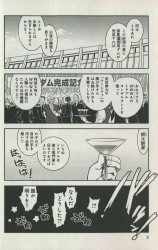
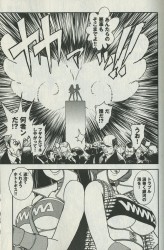
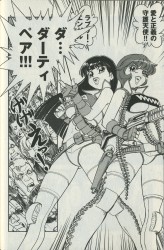
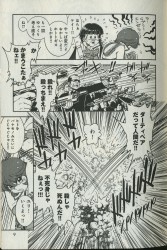
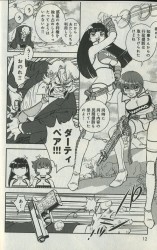
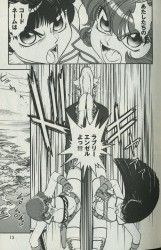
I dunno how familiar any of you are with the Dirty Pair. I love that duo, whether Adam Warren’s version or the ones I used to dub off Blockbuster tapes. Kei and Yuri are great, hyper-effective Trouble Consultants code-named Lovely Angels but better known as the Dirty Pair. Where they go, havoc follows. Not just regular havoc, either. I’m talking massive destruction havoc, borderline planetcide havoc, shrugging in the foreground while an atomic bomb goes off in the background and saying, “It’s not our fault!” havoc.
They’re fantastic, is what I’m saying. Real fun and funny comics. One of my favorite bits is how much they hate the Dirty Pair nickname. They’re the Lovely Angels, and even so much as thinking “Dirty Pair” will get you in a world of hurt.
That’s what’s going on in this scene, basically. They crash a party, Batman: Year One-style, and even have some impressive pyro to go along with their introduction. And then, in the middle of their big intro, the crowd screams “DIRTY PAIR!!!” and… well, things go downhill from there. I snipped the bulk of the fight, but I like that dual kick they whip out on the old dude.
This volume actually made me realize what I like so much about the Dirty Pair, and it took those new costumes to do it. Boob tube tops aside, their costumes are blatantly inspired by female wrestlers. I used to watch a bunch of women’s Japanese wrestling, bka joshi puroresu, when I was in school. (Usually instead of being in school.) I liked both puro and joshi puro, because the women’s game was often a little different than the men’s game. It’s been ages–I can’t speak authoritatively about it any more, but that’s what my memory says.
kana goes seriously hard in this video, stiff kicks and butt bumps out the wazoo. 1:40 is either incredible ringwork or v. stiff.
Anyway, the costumes are straight out of wrestling. The laces, the boots, all of it. I got curious and looked up the franchise. It has its roots in All Japan Women’s Pro Wrestling, which was a member of the World Women’s Wrestling Association: WWWA. It was like the scales fell off my eyes. And it clicked: Kei and Yuri are a tag team. I don’t know how I never realized it before. Maybe it’s because I got into DP while I was a kid, and puro was an adult thing, so I never had reason to consider them in relation to one another. Either way, they’re a rowdy couple of wrestlers who are crazy talented, but just cursed with bad luck.
In hindsight, what a great idea that is. Kei’s the rough one, Yuri’s sweet, but both of them are consummate professionals… up to a point. You can’t plan for luck, and sometimes luck involves accidentally destroying everything.
Those new costumes are probably way too va-va-voom, but man, I really, really dig this art. The girls are sorta thick (not quite Alicia Keys thighs, but probably about as close as you’ll get in manga), the fight scenes are real cool, there’s this great bit toward the end where Yuri zones out and switches into murder mode (which also features some very cool hair physics), and Yuri straight up Shining Wizards someone to death in one bit.
More soon, but let’s be honest: it’s a must-buy.

